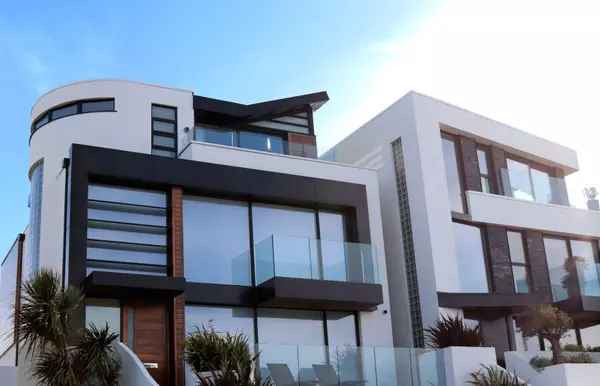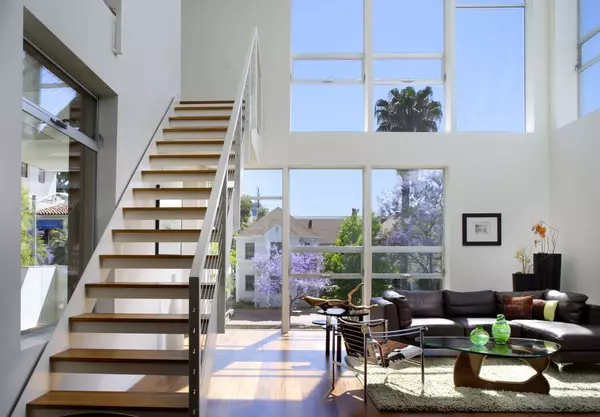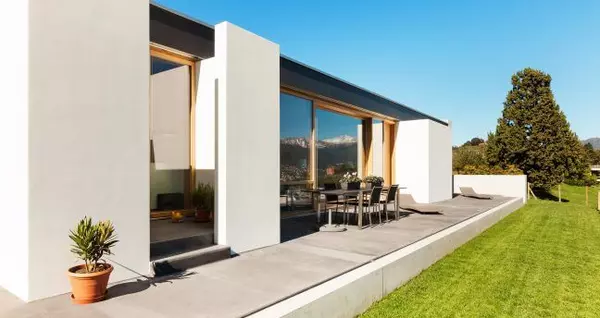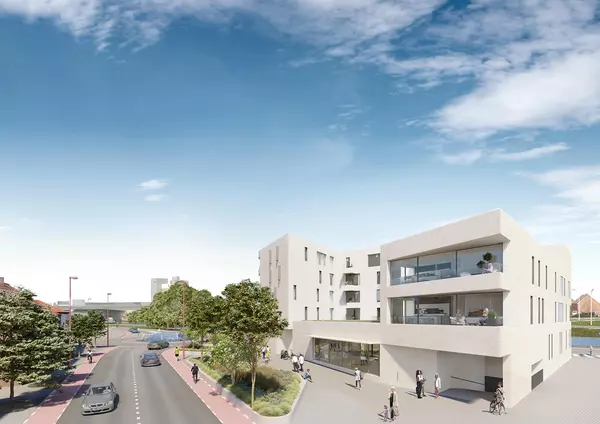
The Richmond Coliseum has quite a storied past, but the shuttered arena is slated to be redeveloped. (BizSense file photo)
Dear Mayor Danny Avula:
Congrats on taking the helm at City Hall. And thanks for a steady hand during six weeks on the job. From the water outage to seismic policy shifts ricocheting from the new federal administration in Washington, D.C., your hands are full.
But as you focus on infrastructure – pump stations, schools and houses – please consider another building type – the civic arena. Specifically, how about a reprieve for the long-shuttered Richmond Coliseum?
I know, Richmond BizSense readers have dubbed the Coliseum “an old rust bucket,” “asbestos-ridden” and “outdated long before it was closed.” So without programmatic or budgetary explanation, the municipal facility was unceremoniously closed five years ago this month. This metal and brick superstructure, embedded like a Brutalist, oval-shaped flying saucer in a 9.2-acre hardscape downtown, is marked for demolition to make way for the proposed Center City Innovation District. In its place a 500-room convention hotel (to complement the Greater Richmond Convention Center), hundreds of housing units and green space are envisioned. Plus the adapted reuse of the 115-year-old Blues Armory. But an open-minded rethinking how the 12,500-seat Coliseum might be renovated, promoted, managed and financed could make the 53-year-old, architecturally worthy landmark a sparkling downtown centerpiece. And speaking of green, what’s more environmentally responsible than rehabilitating a worthy venue that couldn’t be replaced without spending tens of millions of dollars?
The 17,500-seat arena slated for GreenCity, an envisioned mixed-use development in Henrico County, might be splashy and competitive with Charlottesville’s John Paul Jones Arena, but a suburban arena doesn’t negate possibilities for a large event space in the heart of Richmond (and already across the street from the convention center). If the city has successfully renovated two grand theaters (the Altria Theater and Dominion Energy Center), as well as the Main Street Station into popular multipurpose entertainment destinations, certainly there’s a need for a venue sizable enough to accommodate collegiate and professional sports, conventions, political events, religious gatherings, high school and college graduations, recreational offerings such as ice skating, concerts, and cultural and ethnic festivals. With the Arthur Ashe Center being lost to the Diamond District development, the Coliseum could also become a place for local high school basketball and track and field events.

A group toured the shuttered Coliseum when the City Center RFP was being floated. (BizSense file)
First, some history. In 1971 the Jackson Five was the Coliseum’s inaugural act. Concertgoers entered an arena designed by nationally prominent architect Vincent Kling & Associates of Philadelphia. At the time the firm was rebuilding Philly’s city center with boldly modernist structures. In Richmond, Kling placed the Coliseum in the middle of North Sixth Street (between Clay and Leigh), on an axis to be visible to downtown shoppers at the large and storied Miller & Rhoads and Thahimers department stores. The Coliseum was built of red brick to be contextual with the Blues Armory, an adjacent landmark on Sixth Street. The castle-like armory (built in 1910) had also housed a farmers market up to that time. The crenellated monitor that caps the Coliseum reflects the fortified-looking architecture of the armory. The Kling firm also expected to design an architecturally compatible convention center and major hotel (commissions never received). Inside the Coliseum, Kling’s design reflected ancient amphitheaters with its dramatic concourse that encircled the arena with a succession of tall, brick Roman arches. Upon entering the hall, the reaction is still thrilling. The high, sweeping and shallow dome, supported by crisscrossing steel beams, makes this space the most dramatic interior in the region.
The arena floor is flexible and the surrounding fixed seats offer excellent sight lines. The Coliseum hosted professional hockey, basketball and arena football teams. It was once VCU’s home basketball court and the site of numerous regional and national basketball tournaments. Professional exhibition basketball games featured such stars as Moses Malone, and the Harlem Globetrotters made regular appearances. Exhibition tennis matches put Arthur Ashe, Bjorn Borg and Jimmy Connors on temporary courts. Most of the entertainment greats of the late 20th and early 21st centuries played there: the Beach Boys, Garth Brooks, Cher, Snoop Dog, Bob Dylan, Aretha Franklin, the Grateful Dead, Whitney Houston, Kiss, Elton John, Bette Midler, Elvis Presley, Frank Sinatra, Bruce Springsteen, George Strait, James Taylor, Tina Turner and Trisha Yearwood. Then there was professional wrestling, demolition derbies and annually the Ringling Bros. and Barnum & Bailey circus. L. Douglas Wilder held his gubernatorial ball there and in 2008 Barack Obama drew 13,000 for a presidential campaign rally.
Consider the countless trills, thrills and spills that regional audiences, young and old, have been denied since this community amenity closed in 2019.

The Coliseum has been fenced off for several years. (BizSense file)
Public financing for a half-century update of the Coliseum would probably require and deserve a collaborative effort of the city and surrounding counties (who already jointly finance the convention center), with funds provided from respective district school budgets. Corporate funding and community foundation backing could be sought. Corporate skyboxes might not be income producers; let GreenCity build those. The rehabilitation of the Coliseum would reflect real community needs for a grand, interior public square and benefit more than out-of-town acts and promoters. Norfolk, Hampton and Salem/Roanoke each have arenas of the exact vintage as the Richmond Coliseum (and in the case of the latter two, not as architecturally distinctive). If these are still fully operational, what makes our town withhold its love or good sense?
As the City of Richmond moves closer to selecting a developer for the City Center Innovation District, it might give more consideration to the wealth of activities and structures already in place that can be channeled to create a vibrant downtown neighborhood. A hotel and housing units can be injected into many sites downtown, but any mid-sized American city would be salivating to have the range of activities that populate the north-of-Broad district. Consider: Reynolds Community College, the Library of Virginia, the National Theater, VCU Health with its nationally prominent medical school, the Virginia BioTechnology Research Park, the Valentine Richmond history center, Altria research facilities, the American Civil War Museum’s White House of the Confederacy (a National Historic Landmark), a half-dozen other national landmarks, the Federal Building, City Hall and a courthouse. What is needed is a melding of the cultural, medical, scientific, governmental and institutional stew by reshaping and tweaking the infrastructural street grid. Reopening certain closed streets and sidewalks would allow these activities to interact for the first time ever.
And the Coliseum, Brutalist architecture as it may be, would be a centerpiece. Its 21st-century mission, however, would not be to address long-gone shoppers south of Broad Street, but to interact with its worthy neighbors. And maybe lure “from heres” and “come heres” to stay downtown after hours for a show.
Thank you, Mr. Mayor.
The post Slipek: Restore the Coliseum as a downtown centerpiece (Guest Commentary) appeared first on Richmond BizSense.










